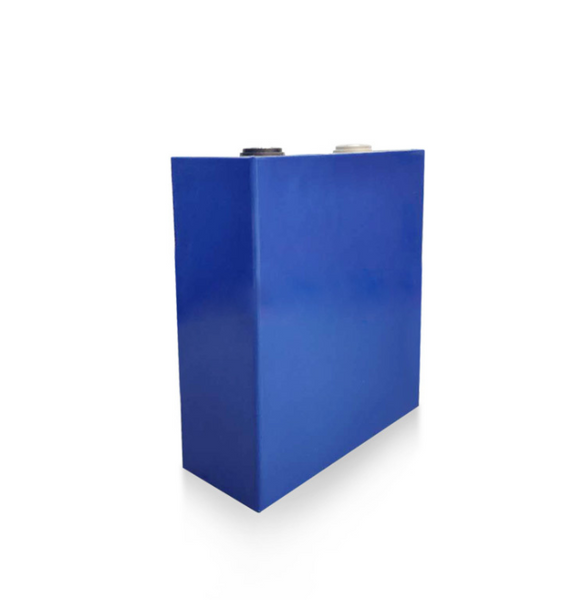As the current development of lithium-ion battery technology tends to be stable, the portable electronic equipment and electric vehicle industries are booming, resulting in an increasing global demand for lithium-ion batteries. As a result, the power storage capacity is reduced, and a new battery must be replaced after the product has been used for a period of time. At present, the common charging method in the market is the constant current-constant voltage (CC-CV) charging method. However, this charging method will cause the formation of the solid electrolyte interface (SEI) inside the battery when the constant current (CC) charging stage is about to end. Loss of cyclable lithium ions within the battery, resulting in reduced battery cycle life.

Chen Boduan of the University's Condensed State Science Research Center applied density functional theory to analyze and calculate the movement of lithium ions in lithium iron phosphate (LiFePO4) batteries, and established a sine wave charging model. This model introduces a negative voltage during the charging process to suppress the blunt charge. generation of the chemical layer.
The researchers compared the battery capacity of the sine wave charging method and the traditional CC-CV charging method based on the standard that the battery capacity of electric vehicles needs to be replaced when the capacity is lower than 80%, and the battery was charged and discharged with a large current to simulate the electric vehicle. In the car usage situation, it can be found from the experimental results that the traditional CC-CV charging method reaches 80% of the capacity after 600 cycles, while the battery using the sine wave charging method still has 95% of the remaining capacity. It has the effect of prolonging the service life.
In addition, the sine wave charging method can also increase the electric capacity by up to 18.7% for batteries eliminated from electric vehicles. During the charging process of sine wave charging, the battery temperature rises by up to 9°C, and the charging time is only half the time of the traditional CC-CV charging method, and its performance is better than that of the traditional CC-CV charging method.
In order to verify the influence of the sine wave charging method on the impedance of the SEI film inside the battery, the researchers analyzed the battery using electrochemical impedance spectroscopy (EIS). The CV battery effectively inhibits the growth of the SEI film, and can maintain a similar level to the internal impedance of the new battery, indicating that this charging method has less damage to the internal material structure of the lithium-ion battery, and can provide a longer battery life. , so the charging method will provide a better choice for users of lithium-ion battery products.

